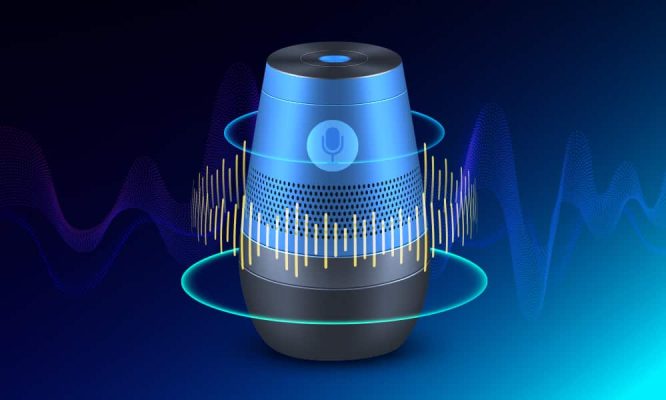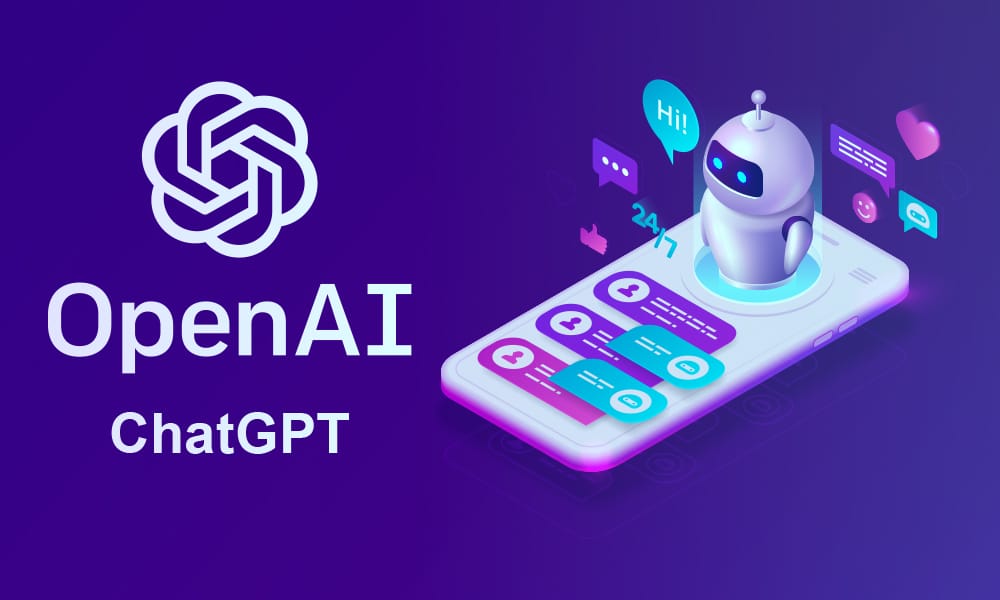We have all interacted with Conversational AI applications such as Alexa, Siri, and Google Home. These applications have made our day-to-day lives so much easier and better.
Conversational AI is powering the future of modern technology and facilitating enhanced communication between humans and machines. When designing a seamless chat assistant that works effectively and accurately, you should also be aware of the many development challenges you might come across.
Here, we are going to talk about:
- Various common data challenges
- How do these affect consumers?
- Best ways to overcome these challenges, and more.
Common Data Challenges in Conversational AI

Based on our experience working with top clients and complex projects, we have compiled a list of the most common conversational AI data challenges for you.
Diversity of Languages
Building a conversational AI-based chat assistant that can cater to the diversity of languages is a major challenge.
There are about 1.35 billion people who speak English either as a second language or as a native language. This means that less than 20% of the world population speaks English, leaving the rest of the population conversing in languages other than English. So, if you are making a conversational chat assistant, you should also consider the diversity of language factors.
Language Dynamism
Any language is dynamic, and capturing its dynamism and training an AI-based machine learning algorithm is not easy. Dialects, pronunciation, slang, and nuances can impact an AI model’s proficiency.
However, the greatest challenge for an AI-based application is accurately deciphering the human factor in the language input. Human beings bring feelings and emotions in the fray, making it challenging for the AI tool to comprehend and react.
Background Noise
Background noise can be in simultaneous conversations or other overlapping sounds.
Scrubbing your audio collection off interfering background noises such as doorbells, dogs barking or kids talking in the background is crucial for the application’s success.
Besides, these days AI applications have to deal with competing voice assistants present on the same premises. It becomes difficult for the voice assistant to distinguish between human voice commands and other voice assistants when this happens.
Audio Sync
When extracting data from a telephonic conversation to train the virtual assistant, it is possible to have the caller and the agent on two different lines. It is vital to have audios from both sides to be synced, and conversations captured without cross-referencing every file.
Lack of Domain-specific Data
An AI-based application should also process domain-specific language. Although voice assistants are showing exceptional promise in natural language processing, it is yet to prove their dominance over industry-specific language. For example, generally won’t provide answers to domain-specific questions on automobile or finance industries.
Off-the-shelf Voice / Speech / Audio Datasets to Train Your Conversational AI Model Faster
How do these challenges affect consumers?
Conversational AI chat assistants might be similar to text-based search. But, a basic difference between the two exists. In text-based search support, the application offers a list of relevant search results that the user can choose from, giving the users much-needed flexibility in choosing one of the options.
Yet, in a conversational AI, the users generally do not get more than one option, and they also expect the application to provide the best result.
If the artificial intelligence tool comes with data bias, the result will certainly not be accurate or reliable. The results could be influenced by popularity and not by user requirements, making the result redundant.
The Solution: Overcoming the Challenges during the Data Collection Phase
The first step in combating training bias would be awareness and acceptance. Once you know that your dataset could be riddled with biases, you are bound to take corrective action.
The next step would be to proactively provide controls to the user to change the settings to offset the bias directly. Or, feedback can be looped into the system to mitigate bias issues proactively.
Mitigating background noise, simultaneous conversations, and multi-people handling require enhanced voice identification techniques. The system should also be trained to understand the contextual conversation and words or phrases.
The ability to identify non-human voices can also be enhanced when the system is introduced to address non-registered people or voices.
When it comes to diversity in languages, the solution lies in increasing the number of language datasets used for training the model. So, when businesses grow the number of systems to cater to large language markets, language diversity can be achieved seamlessly.
Benefits of working with external vendors
There are several benefits of working with external vendors as they help mitigate some of the conversational data collection challenges.
Working with experienced third-party vendors offers greater cost efficiency and reliability. It is cost-effective to get quality datasets from reliable vendors instead of acquiring data collection from open-source conversational AI training datasets.
Although biases are bound to be present in every dataset, with an external vendor, you can reduce the cost associated with reworking or retraining your model because of data discrepancies and excessive language biases.
An experienced vendor will also help you save time in data collection and accurate annotation. An external vendor will have the required language expertise to develop AI models that can open up newer markets for your business.
A vendor can provide high-quality, customizable datasets that suit your model preferences and requirements. Not all pre-packaged data collection and annotation solutions can work in your favor when looking at enhanced customer service, higher conversion rates, and decreased business costs.
We have the conversational Data your AI model needs.
As a trusted and experienced provider, Shaip has a massive collection of conversational AI datasets for all types of machine learning models. Besides, we also provide entirely tailormade conversational data in several languages, dialects, and vernaculars. If you want to develop a reliable and accurate AI-based chat support application, we have all the tools that can make your project a success.







